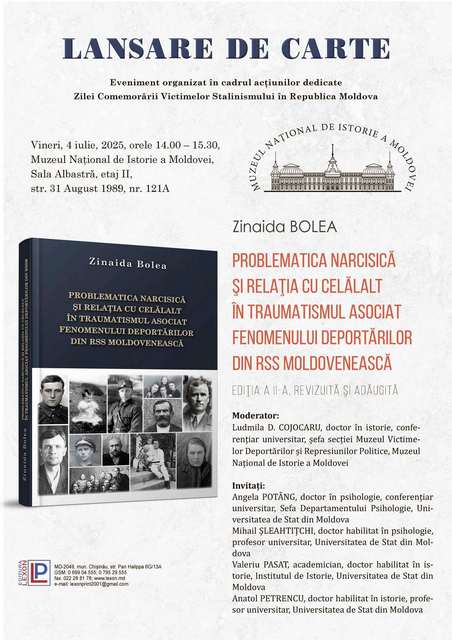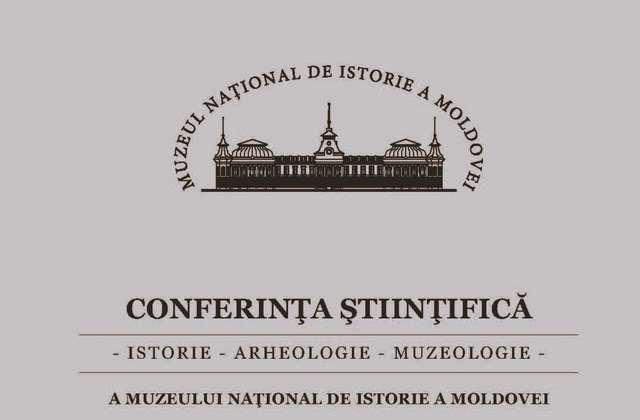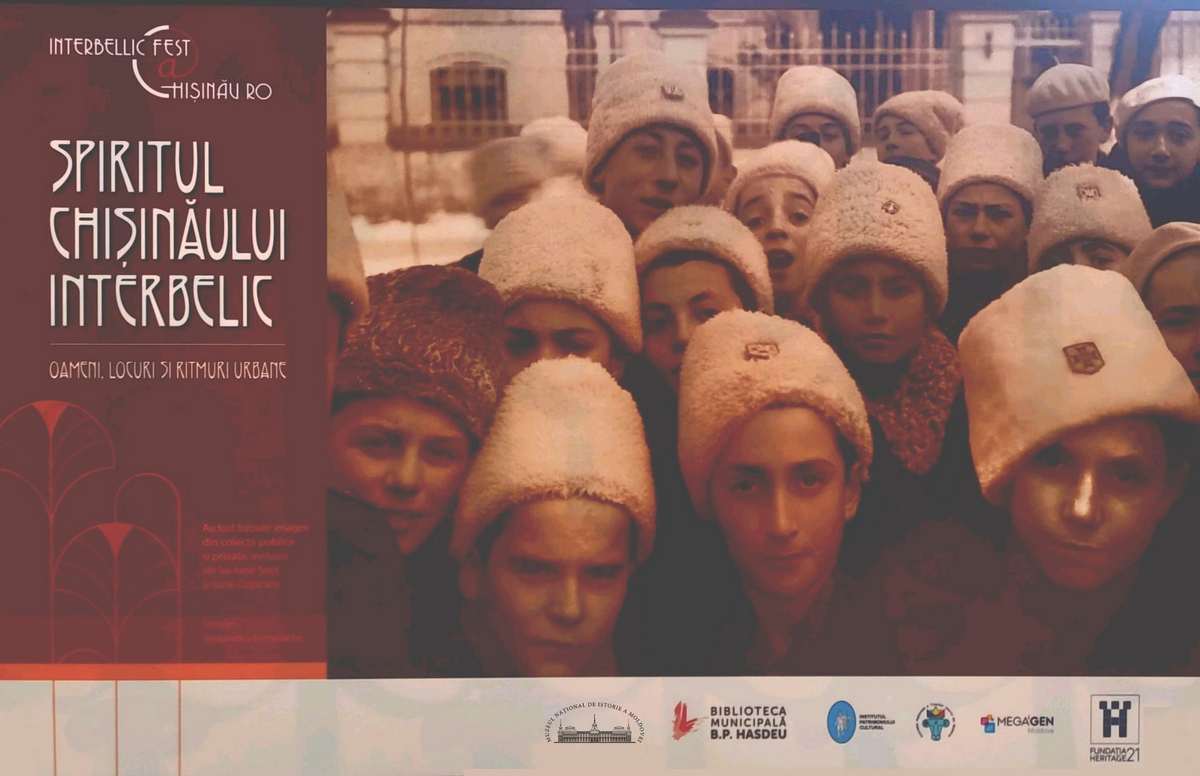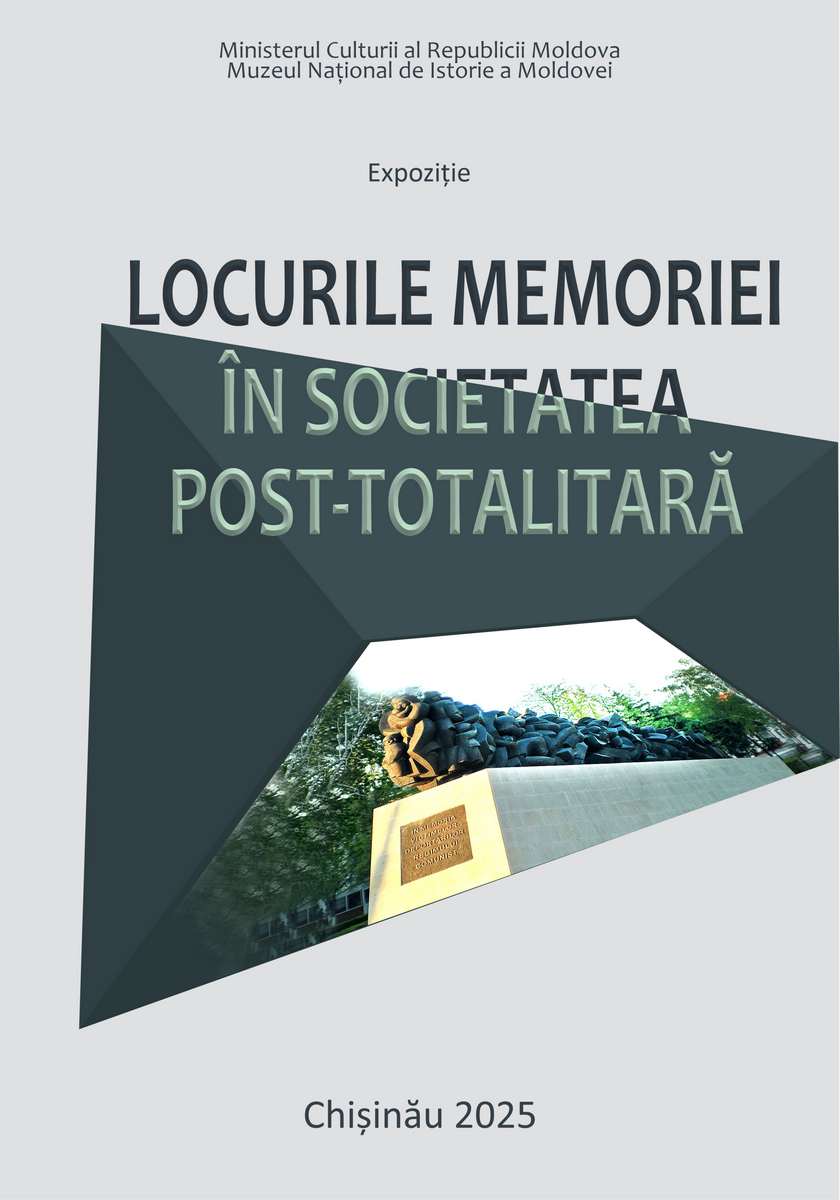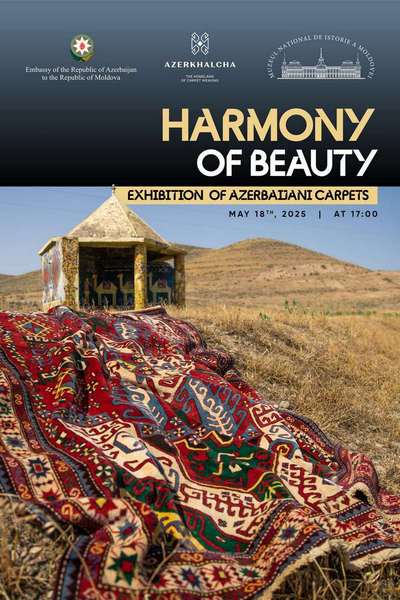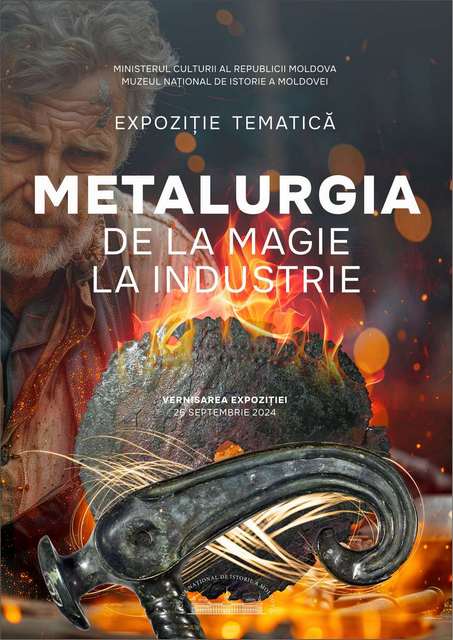  Events Archive Events Archive
Opening of the exhibition "State Information Agency "Moldpres" - 33 years eyewitness of the Republic of Moldova"
June 20, 2023
On June 20, 2023, at the National Museum of History of Moldova, the opening of the photo exhibition "State Information Agency "Moldpres" - 33 years eyewitness of the Republic of Moldova", which includes over 160 photos from political events, social, economic and cultural, since independence until now. The director of Moldpres, Petru Beregoi, emphasized that the exhibition represents an opportunity to demonstrate that Moldpres, in addition to its main mission to inform, also has the responsibility to preserve the historical memory of the country through photographic art. The exhibition includes over 160 unique photographs selected from the Agency's digital archive, illustrating the evolution of major events and prominent personalities in the political, economic and cultural life of Moldova during the 33 years of independence. Petru Beregoi highlighted the fact that Moldpres is the only media institution in the country that has demonstrated the ability to fulfill its mission of providing correct, equidistant and transparent information. Over time, Moldpres has been the main source of information for the international community about the activities and state policy promoted by the Presidency, Parliament and Government. The agency strives to balance and secure the information space of the Republic of Moldova by maintaining a correct and impartial line of information, respecting the principle of pluralism of opinions, freedom of expression and impartiality. Fidel Galaico, head of the Moldpres News Office, mentioned that the Agency's 33-year age is symbolic, reflecting the resilience and professionalism of the team. The exhibition was designed to highlight Moldova's diversity, including agricultural work, folk traditions, sports, medicine and more, outside of the political realm. This represents the courage and heroism of the photojournalists who documented the war on the Dniester or the doctors' fight against the COVID-19 epidemic. Fidel Galaico thanked all the photojournalists who contributed over time to the creation of the exhibition. Photojournalist Mihail Vengher, one of the authors of the exhibited photographs, emphasized that they represent a heritage for the country's history. After a careful selection from the hundreds of thousands of images in the agency's archive, the most representative moments were chosen and presented to the public. The opening ceremony of the exhibition was attended by members of the diplomatic corps accredited in Chisinau, representatives of state institutions and employees of Moldpres. The photo exhibition "State Information Agency "Moldpres" - 33 years of eyewitness of the Republic of Moldova", can be visited from June 20 to July 4, 2023, in the hall on the first floor of the National Museum of History of Moldova, 31 August 1989 street, 121A.
|
 31 August 1989 St., 121 A, MD 2012, Chisinau, Republic of Moldova
31 August 1989 St., 121 A, MD 2012, Chisinau, Republic of Moldova



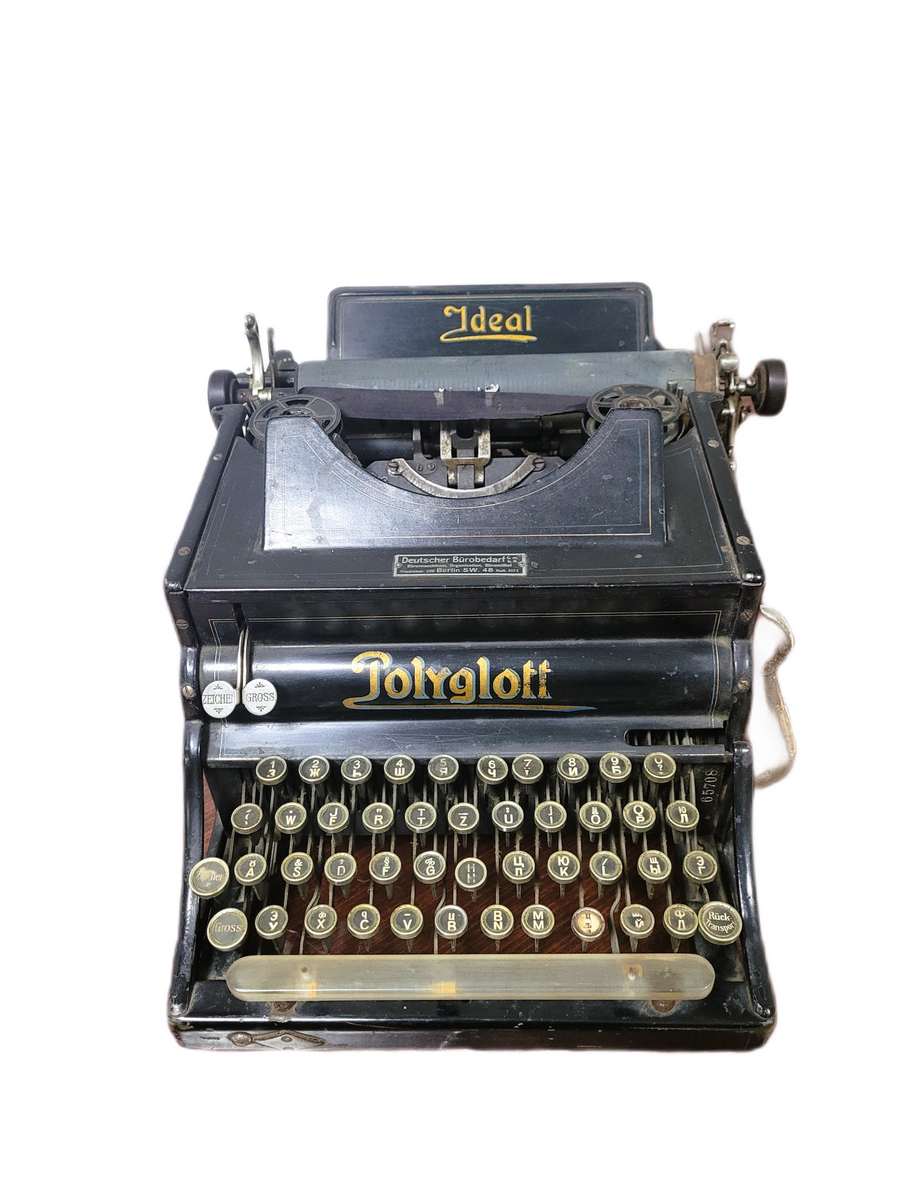
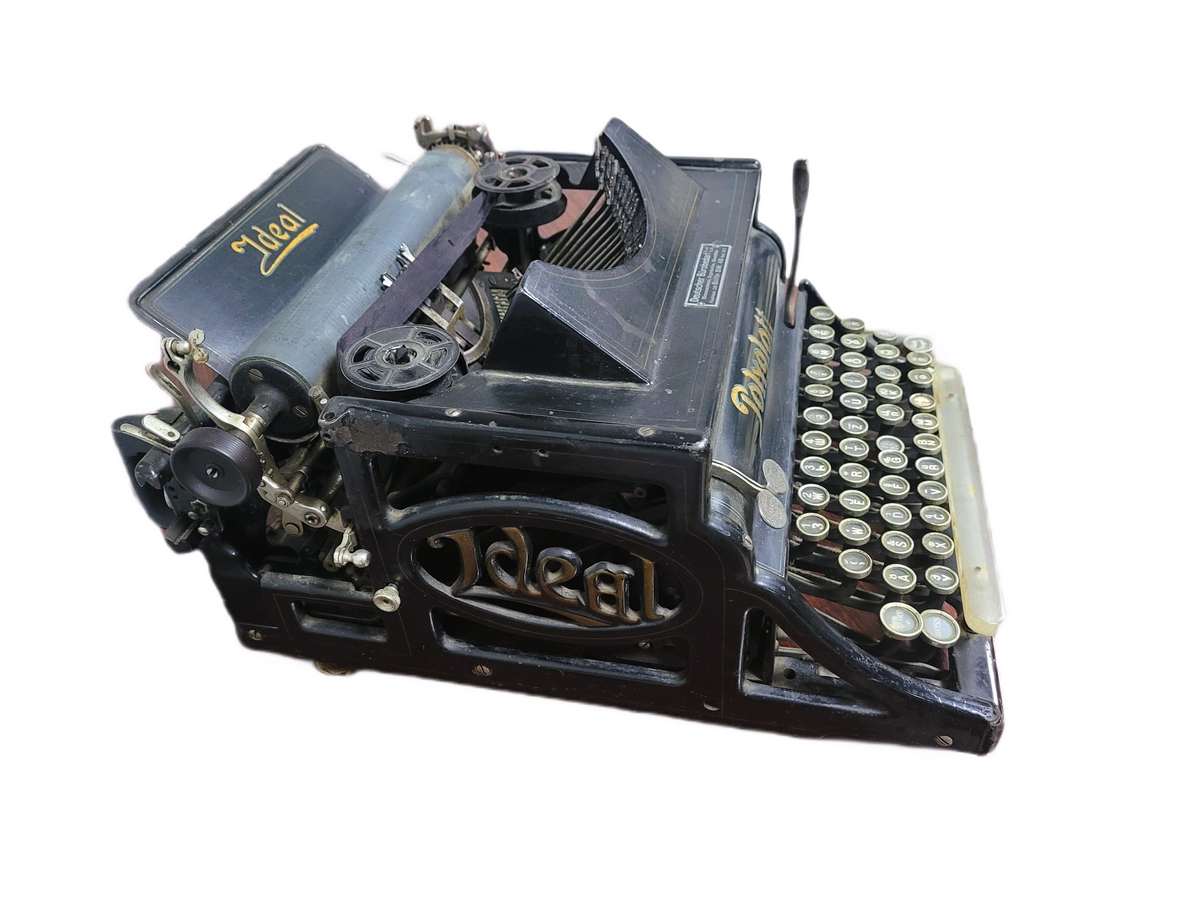 The side panels are elegantly decorated with refined cast-iron elements in the Art Nouveau style, displaying the brand name - "Ideal." The Polyglott model, featuring a bilingual keyboard patented in the United Kingdom by Max Klaczko from Riga, Latvia, was produced between 1902 and 1913, marking the first typewriter capable of writing in two languages. The "Ideal Polyglott" typewriter was actively sold in the Russian Empire and gained significant popularity in Poland, Bulgaria, and Serbia.
The side panels are elegantly decorated with refined cast-iron elements in the Art Nouveau style, displaying the brand name - "Ideal." The Polyglott model, featuring a bilingual keyboard patented in the United Kingdom by Max Klaczko from Riga, Latvia, was produced between 1902 and 1913, marking the first typewriter capable of writing in two languages. The "Ideal Polyglott" typewriter was actively sold in the Russian Empire and gained significant popularity in Poland, Bulgaria, and Serbia.







































